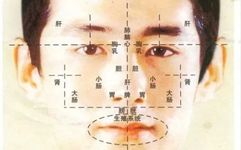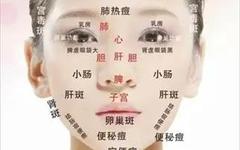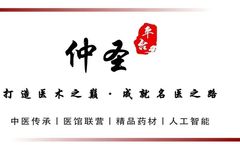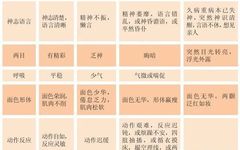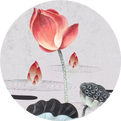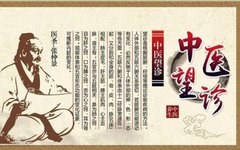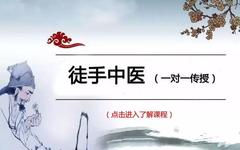Facial Diagnosis in Traditional Chinese Medicine (TCM)
Facial Diagnosis in Traditional Chinese Medicine (TCM) (Abbreviated as Facial Diagnosis) To know by observation is called “Shen”. The diagnosis in Traditional Chinese Medicine (TCM) can be summarized in four characters: “Wang, Wen, Wen, Qie” (Observation, Listening, Inquiry, and Palpation). Facial Diagnosis involves observing the characteristics of various parts of the face to identify … Read more

